Michael Alexander speaks to award-winning writer Margaret Bowman whose book The Lost Airfields of Angus explores the wartime history of the area.
On May 20, 1942, an unusual four-engine bomber of Russian design and manufacture appeared out of the clouds over Dundee.
It skirted low over the city before coming to land at RAF Tealing.
Very important passenger
The very important passenger the crew were escorting was Vyacheslav Molotov, the Russian Foreign Minister and Deputy of the State Committee of Defence.
He was accompanied by 16 Soviet officials on a military assignment to meet with Prime Minister Winston Churchill in London.
His mission was to conduct urgent negotiations with Britain and the United States to form wartime alliances.
News of Molotov’s visit was “blacked out” under the severe war restrictions.
When word eventually leaked, however, it was reported by the local press, that Molotov had been seen in the city and that he had travelled from Dundee Station to London by train.
Yet when Angus writer Margaret Bowman started researching her recent book The Lost Airfields of Angus, she discovered that much of the narrative still available in newspaper archives was what today might be described as “fake news”.
Deception plan for security
“Recent documentation released from military authorities indicate this was part of a deception plan put in place for security purposes,” explained Margaret.
“Molotov and his officials had essentially been collected from RAF Tealing in Minerva Limousines hired from a Dundee firm, WP Robertson, and driven to Errol Airfield, some 11 miles west of Dundee.
“This was where Molotov made a split-second decision which ultimately saved his life.
“He was offered the choice of two aircraft to fly onwards to London for his meeting with British officials.
“The one he did not select crashed over the Vale of York, killing his support staff as well as senior RAF officers who were accompanying.
“Molotov did, however, arrive safely for the signing of the Anglo-Russian Treaty which took place on May 26, 1942.
“After spending valuable time in discussion with Winston Churchill, he then went on to fly to Washington to meet with US President Roosevelt.”
Who is Margaret Bowman?
Margaret Bowman is an award-winning writer who was born and raised in Dunfermline.
She came to Dundee in 1976 to commence nurse training at Ninewells Hospital.
After meeting her husband, she stayed in the area and worked in the NHS for 40 years.
As someone with a “vivid imagination”, Margaret had always wanted to be a writer.
While she was used to writing reports through research and evidence-based practice, she never had time to pursue writing as a hobby.
That changed in 2016 when she took early retirement from her role as clinical nurse manager for orthopaedics and trauma with NHS Tayside.
Margaret’s works since include mainly historical features and poetry which has been published in various history and magazine publications in the UK.
She is currently president and press secretary for Angus Writers’ Circle and is their representative to the Scottish Association of Writers.
She is also secretary for Tay Writers, Dundee and a member of Byre Writers in St Andrews.
The winner of several awards, she is also press secretary for the Friends of Carnoustie and District Heritage Group.
Interest in wartime history
Margaret has a long time interest in First and Second World War history.
The daughter of a Second World War Commando and a nurse whose first husband went missing in the war and was presumed dead, she was quite a “late baby” who was brought up post-war by the wartime generation.
It’s living in rural Angus, however, that prompted her to write what became The Lost Airfields of Angus – her debut non-fiction book which also won awards from the Scottish Association of Writers in 2020 and 2021.
“Where I stay, there’s a wee road that goes to Arbroath just at the back of the old airfield at Condor,” she explained.
“There used to be an old hangar there and Nissen huts.
“Across the road there were a couple of cottages with an old Anderson shelter that was falling apart.
“I thought ‘if someone doesn’t photograph these and write about them they are going to just disappear’. That’s how it started.
“I started to think ‘I wonder what happened at Condor during the war?’
“And then I wondered if there are any other airfields around Angus, because I’m right in the middle of them all.
“I knew there was Montrose, I knew there was Kinnell near where I stay.
“But it went on from there. It just kind of spread out.”
Why write a book?
Having previously written articles for BBC History and Britain at War, she initially thought her findings would make a good article.
She even came up with a provisional title Huts and Hangars.
But the more she photographed and the more she researched, the more she realised it had the makings of a book.
Crucially, she wanted it to be a general interest book whereby local people could “just pick it up and read personal recollections”.
Two years on, and the self-published 147-page book is now on its second print run with Margaret promoting it herself through local bookshops and events.
What are her favourite stories?
Margaret found unearthing the tale of Vycheslav Molotov fascinating.
But there were so many other stories to discover.
While most Second World War veterans have now passed away, there were still plenty people in the area keen to share stories of their wartime childhoods.
“I didn’t realise, living so close to Friockheim, that there was a Prisoner of War camp there,” she said.
“But people were quite keen to tell you the stories about it.
“There were no profile cases there. There were Italians and German POWS.
“But they were accepted very well by the Friockheim people.
“They worked in the fields. They worked as hard as the British guys. They loved it. A lot of them stayed.”
Margaret was also fascinated to learn about Angus links to early Scottish aviators.
As she explains in the first chapter of her book, it was an Angus man, James Tytler, who is recognised as the first British person to fly in a hot air balloon of his own design – ‘The Edinburgh Fire Balloon’ in 1784.
Tytler was born in the old Manse at Fern, near Brechin, in 1745 and was educated at the University of Edinburgh where he studied medicine and held various positions in which he was less than successful.
With mounting financial issues, one of his more successful ventures which eliminated his debt problems was to write and have published a book detailing the expertise of Edinburgh’s ‘ladies of the night’ which became a bestseller.
It was while working with the Encyclopaedia Britannica that his interest in flight was stimulated.
He read about the achievements of the Montgolfier brothers and set upon creating his own air-borne mission.
Dundee’s answer to Wright Brothers?
Margaret was fascinated to discover the story of Dundee aviation pioneer Preston Watson.
Recognised for being the designer of a “motorised heavier-than-air flying machine” in 1903, his first flight was taken at Errol Airfield.
“If he’d been smart and had a spot of money behind him, and a media team like the Wright Brothers, maybe he would have made it ahead of them by a few months – you never know,” she said, adding he died aged 34 in 1915 when the aircraft he was flying crashed mid-flight, killing him on impact.
Discovering Dundee spy
She also discovered the story of Dundee spy Jessie Jordan who, before the Second World War, fed information to the German military-intelligence service Abwehr on Angus coastal defences and produced sketches of infrastructure such as the Tay Bridge and RAF Leuchars.
Her careless behaviour, leaving sketches lying around at the hairdressing salon where she worked near her Stirling Street flat, led to her arrest in 1938.
Arbroath-based Nazi-sympathisers
Another fascinating story was that of Arbroath’s notorious Nazi-sympathising aristocrat Archibald Henry Maule Ramsay, a descendent of the 12th Earl of Dalhousie.
Based at Kelly Castle, Arbroath, the Conservative MP for Peebles and South Midlothian, and his wife Ismay Lucretia, were passionate anti-Semites.
Ramsay became increasingly sympathetic towards Hitler’s theories while his wife made her views known in a speech at Arbroath Business Club.
Ramsay established a fascist secret society called the Right Club which was infiltrated by M15 agents.
Ramsay was arrested in May 1940 and interned in Brixton Prison.
Released in 1944, he returned to Arbroath where he wrote his autobiography.
“If you don’t go looking you don’t find these stories,” added Margaret.
“And of course there’s Robert Watson Watt – pioneer of radar – from Brechin. All local people.”
Other chapters include a spotlight on Montreathmont listening station and the presence of World War One airships.
Margaret is currently writing up her researched material for her next book which will be titled – Wartime Defences of the Tay Estuary.
This book details the land, sea and air defences from Buddon Ness on the north side of the estuary then over to the south up to Fife Ness including.
She plans to have that book published by December 2023.
How to buy The Lost Airfields of Angus
The Lost Airfields of Angus retails at £9.99 and is available at local book stores now.
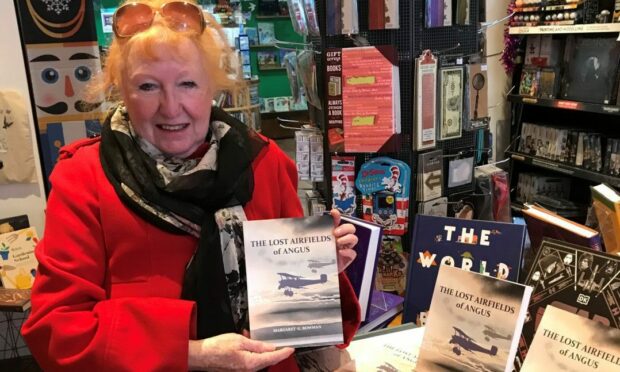
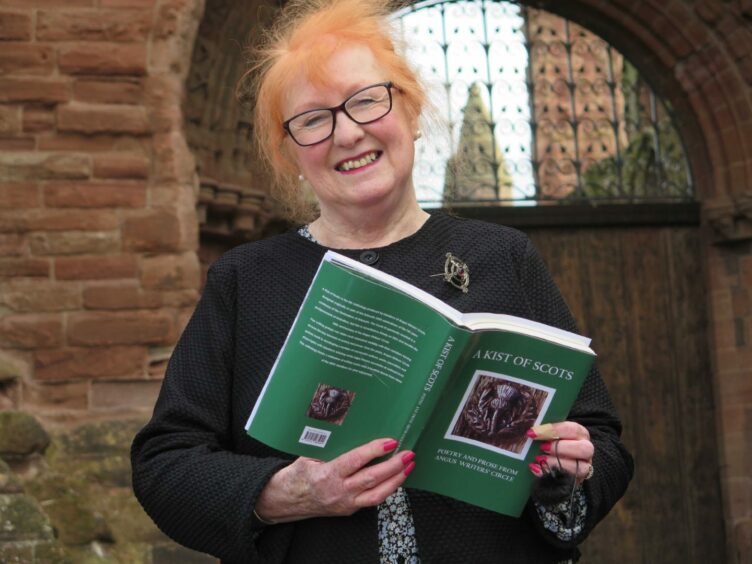

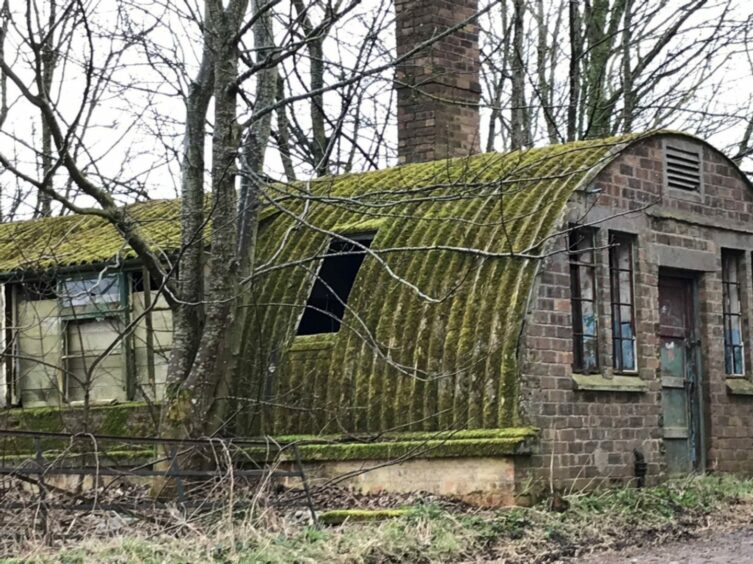
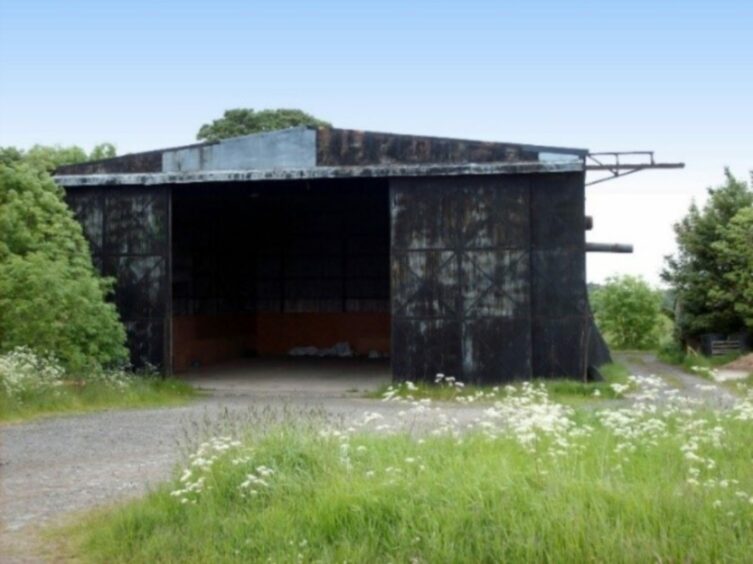


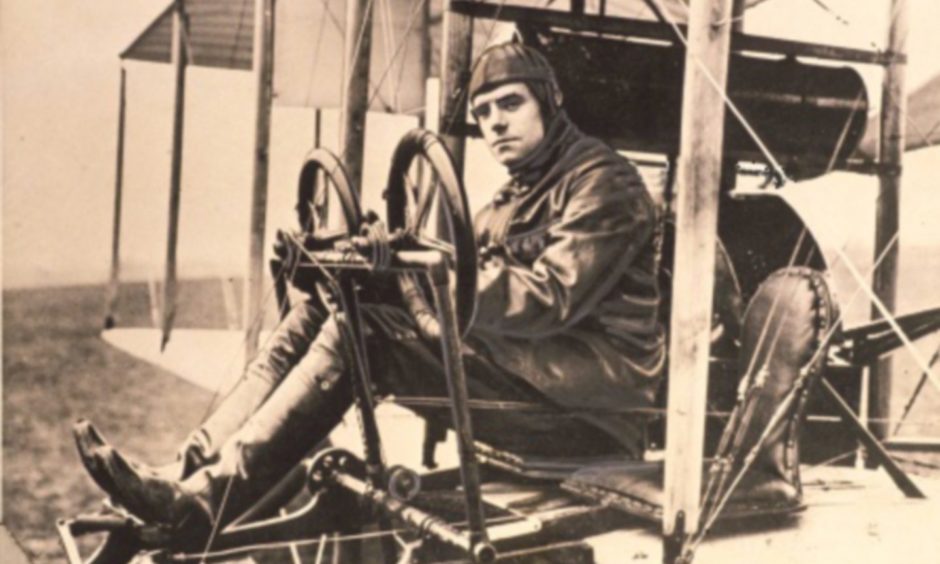
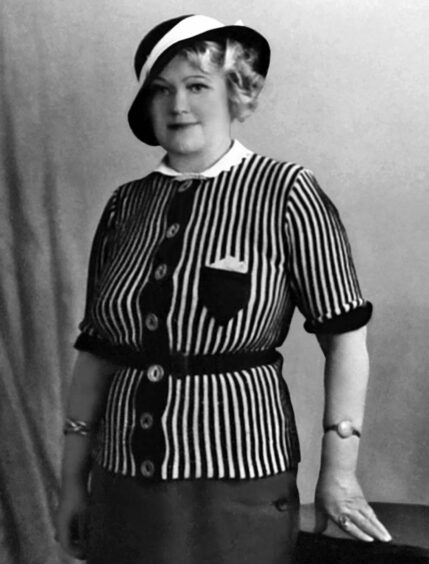
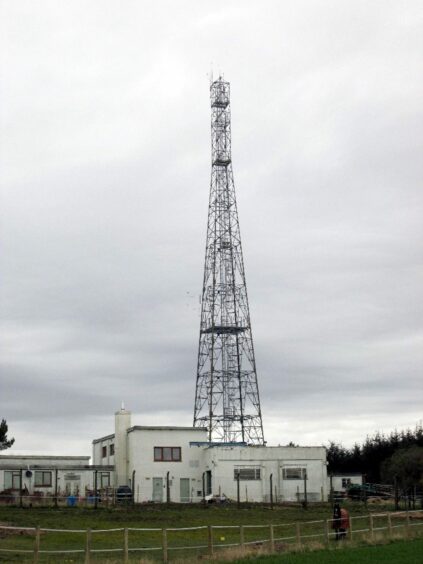
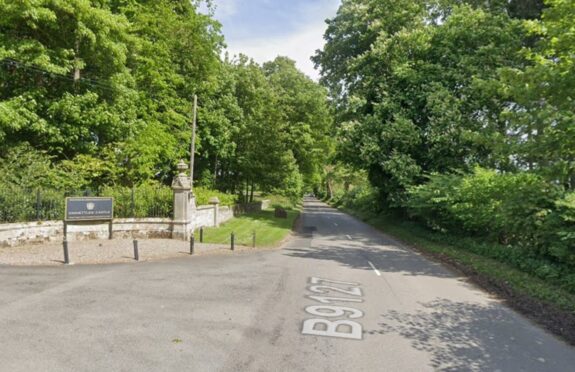
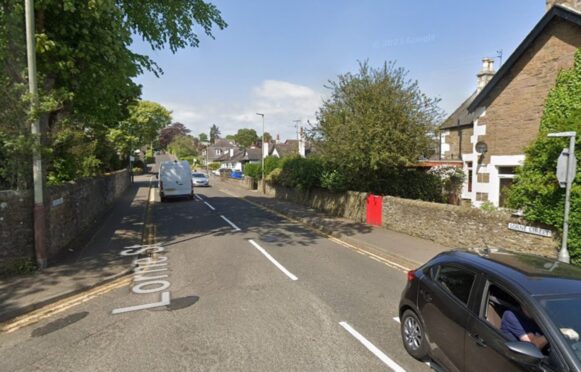
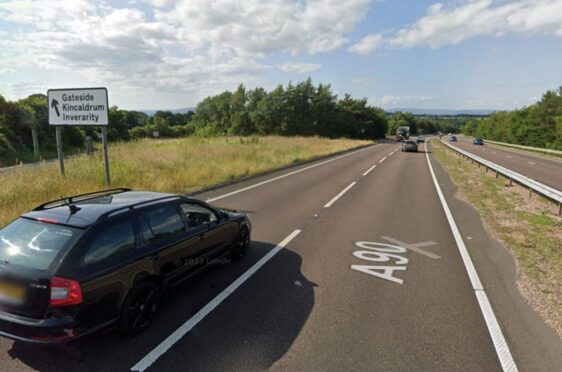
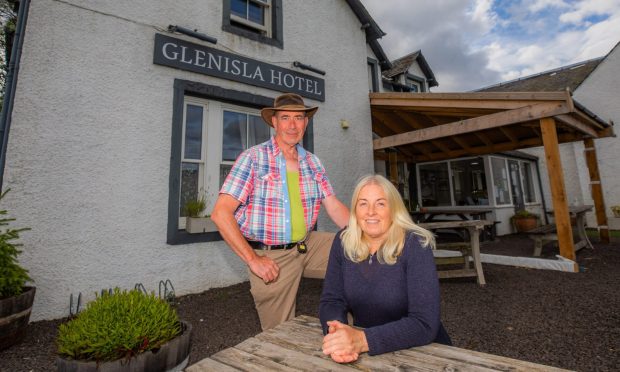

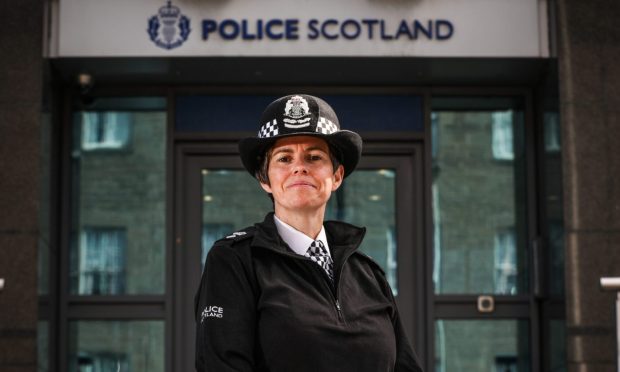
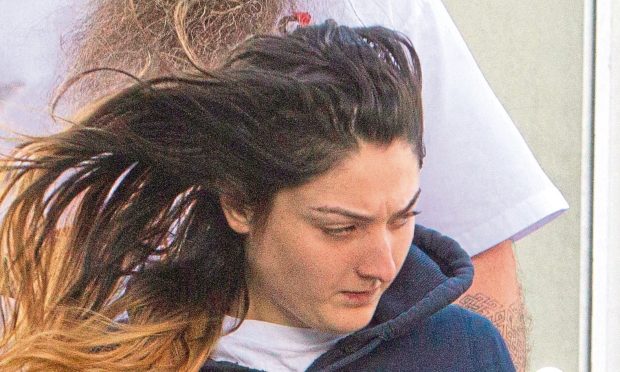
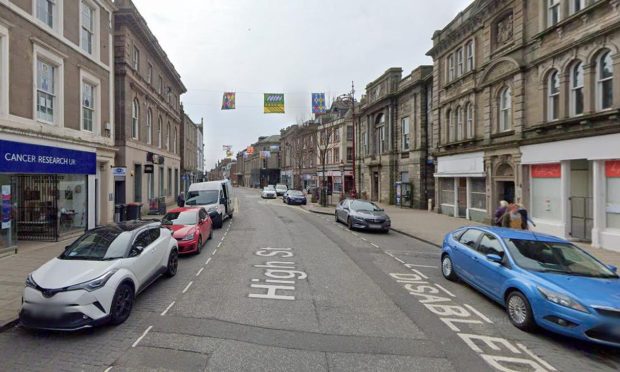

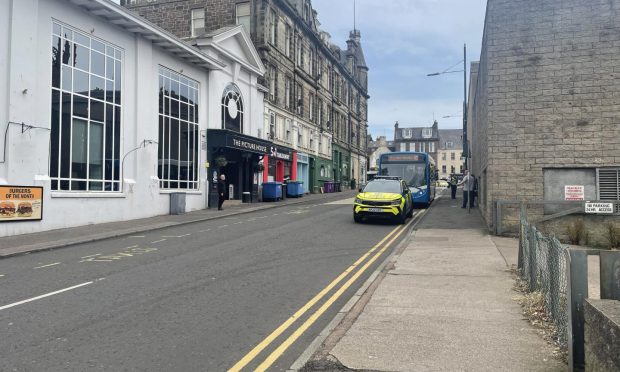
Conversation